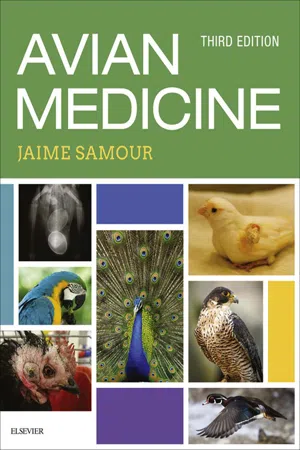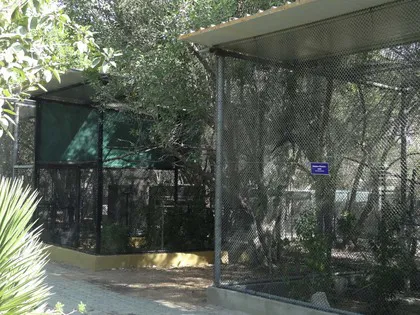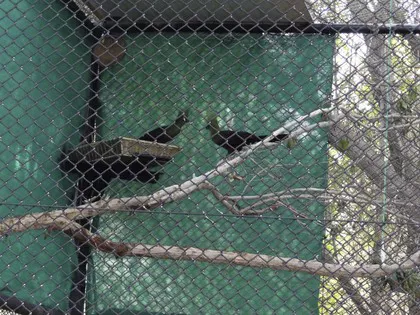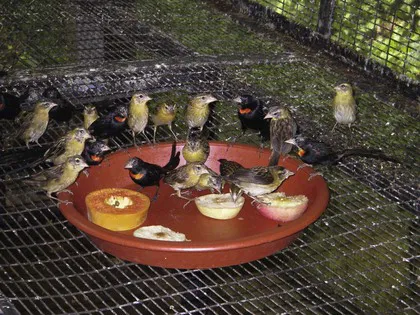
- 712 pages
- English
- ePUB (mobile friendly)
- Available on iOS & Android
Avian Medicine
About This Book
Combining the in-depth coverage of a text with the practicality of a clinical manual and the visual detail of an atlas, Avian Medicine, 3rd Edition is the complete, all-in-one guide to every aspect of avian care. Written by some of the world's leading authorities in avian medicine, this highly illustrated reference covers a wide variety of avian species —including psittacines, raptors, bustards, parrots, finches, and more. Comprehensive coverage includes issues ranging from the basic aspects of patient management to the most sophisticated diagnostic techniques. Plus, with more illustrations, a wealth of practical advice, and the latest information on cutting-edge treatments and procedures incorporated into this new edition, today's general clinician will be fully equipped to effectively and confidently care for all birds.
- Comprehensive coverage of all aspects of clinical management written by leading experts in the field provides readers with a depth and breadth of knowledge on avian medicine and care.
- Coverage of a wide variety of species — including raptors, bustards, and many others — enables practitioners to treat a greater assortment of patients with more confidence and skill.
- Bulleted text and tables help present information in an accessible way.
- More than 900 color images give readers a better picture of disease and how it will be encountered in practice.
- Appendices bring together wide-ranging data on hematology and blood chemistry reference values, commonly used pharmaceutics and other information relevant to avian practitioners.
- NEW! New chapter sections, revised references, and updated suggested readings ensure that readers have the most up-to-date information.
- NEW! New chapter contributors ensure the information in the text reflects the most current techniques and advances.
- NEW! Expanded content on parrots, finches and fruit-eating birds has been added to the text to make content more relevant to the needs of today's practitioners.
- NEW! Thoroughly updated content includes the latest surgical techniques and procedures to keep practitioners on top of the most cutting-edge information in the field.
- NEW! Additional content and images on MRI have been incorporated throughout the text to complete the coverage of other advanced imaging techniques such as CT scans.
Frequently asked questions
Information
Housing, Environment, and Public Awareness

Cage and Aviary Design




Cage and Aviary Management


Table of contents
- Cover image
- Title Page
- Table of Contents
- Copyright
- Dedications
- Contributors
- Foreword
- Preface
- Acknowledgments
- 1 Housing, Environment, and Public Awareness
- 2 Avian Intelligence, Clinical Behavior, and Welfare
- 3 Nutrition and Nutritional Management
- 4 Capture and Handling
- 5 The Clinical Examination
- 6 Clinical and Laboratory Diagnostic Examination
- 7 Anesthesia and Analgesia
- 8 Medical, Nursing, and Cosmetic Procedures
- 9 Trauma-Related Medical Conditions
- 10 Management-Related Medical Conditions
- 11 Soft Tissue Surgery
- 12 Orthopedic Surgery
- 13 Systemic Diseases
- 14 Infectious Diseases
- 15 Reproduction
- 16 Postmortem Examination
- 17 Forensic Investigations in Avian Medicine
- Appendix 1 Hematology Reference Values Table for Selected Avian Species
- Appendix 2 Blood Chemistry Reference Values for Selected Avian Species
- Appendix 3 Selected Avian Literature
- Appendix 4 Legislation and Codes of Practice Relevant to Avian Medicine
- Appendix 5 Organizations and Electronic Resources Relating to Avian Medicine
- Appendix 6 Pharmaceutical Products Commonly Used in Avian Medicine
- Index